New guide from Reframing MTB offers practical solutions to remove barriers within the mountain biking scene.
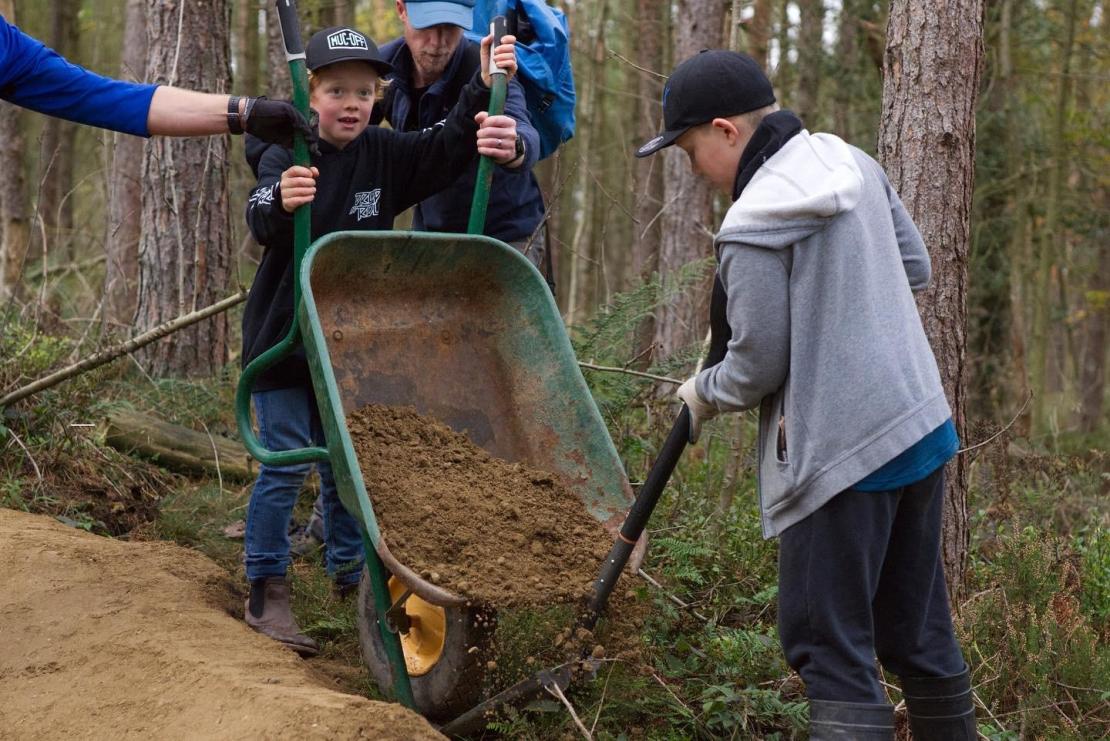
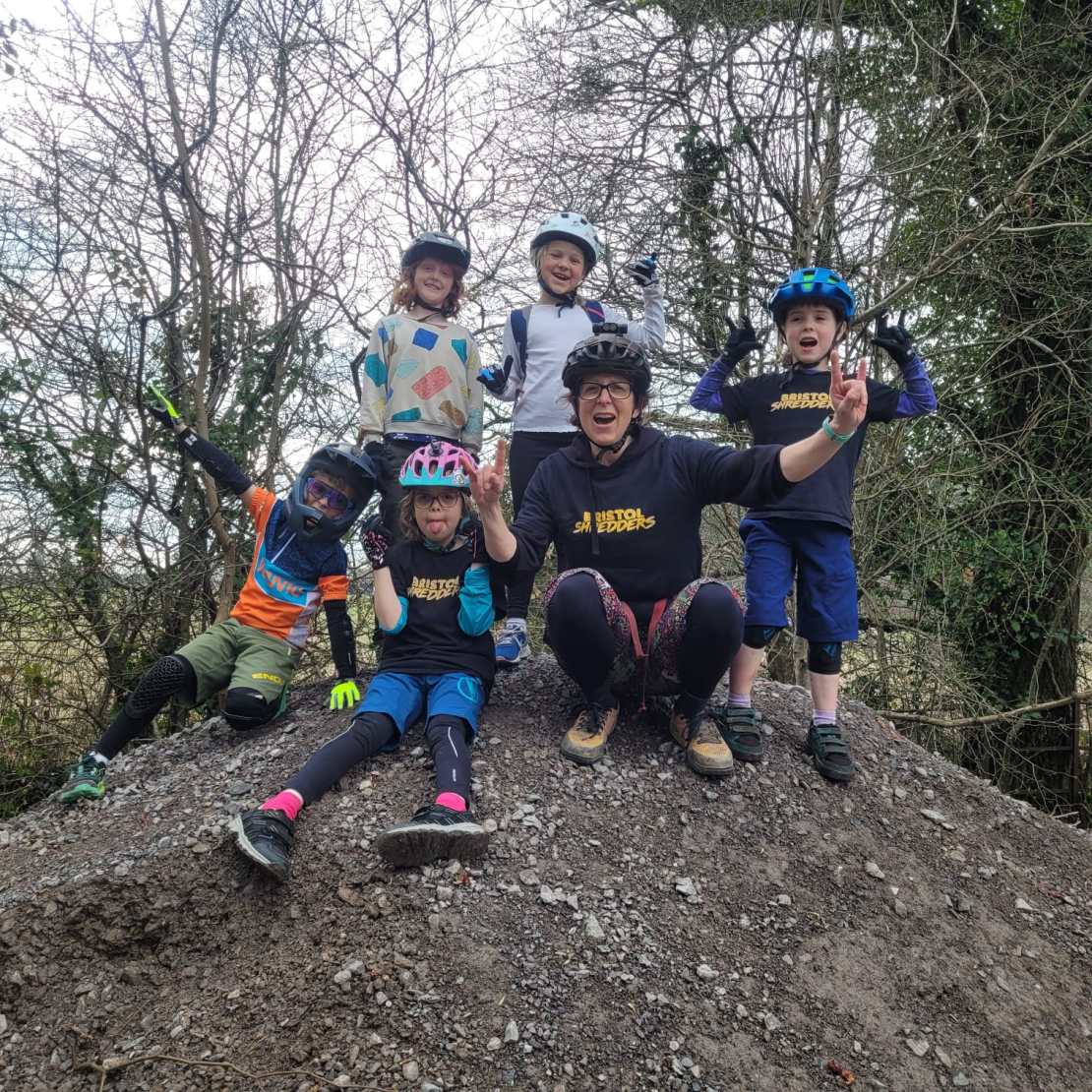
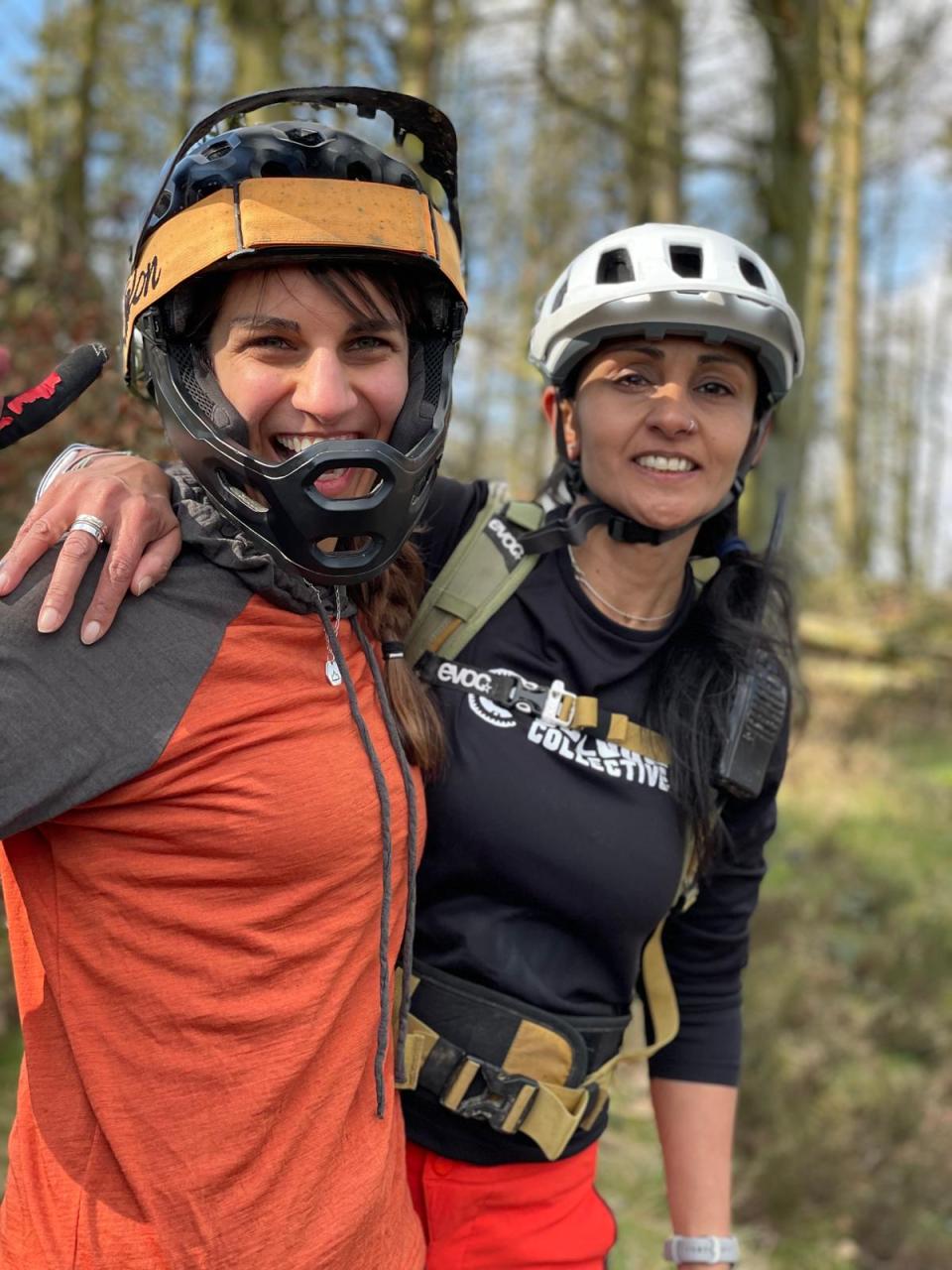
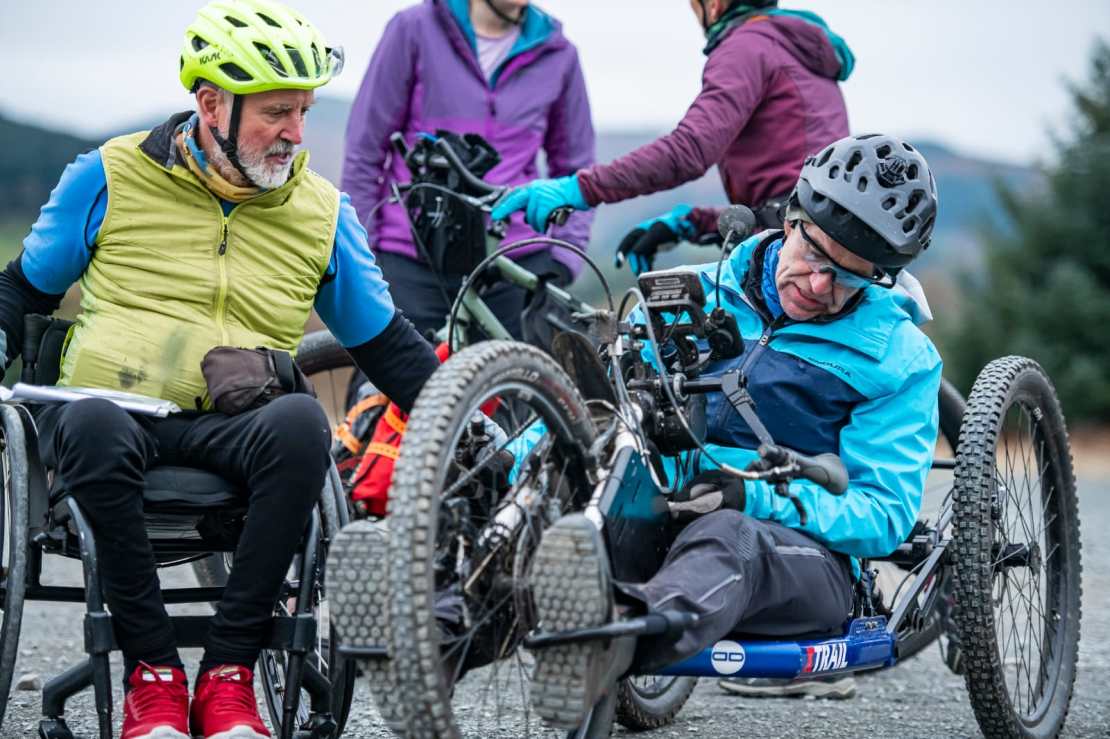
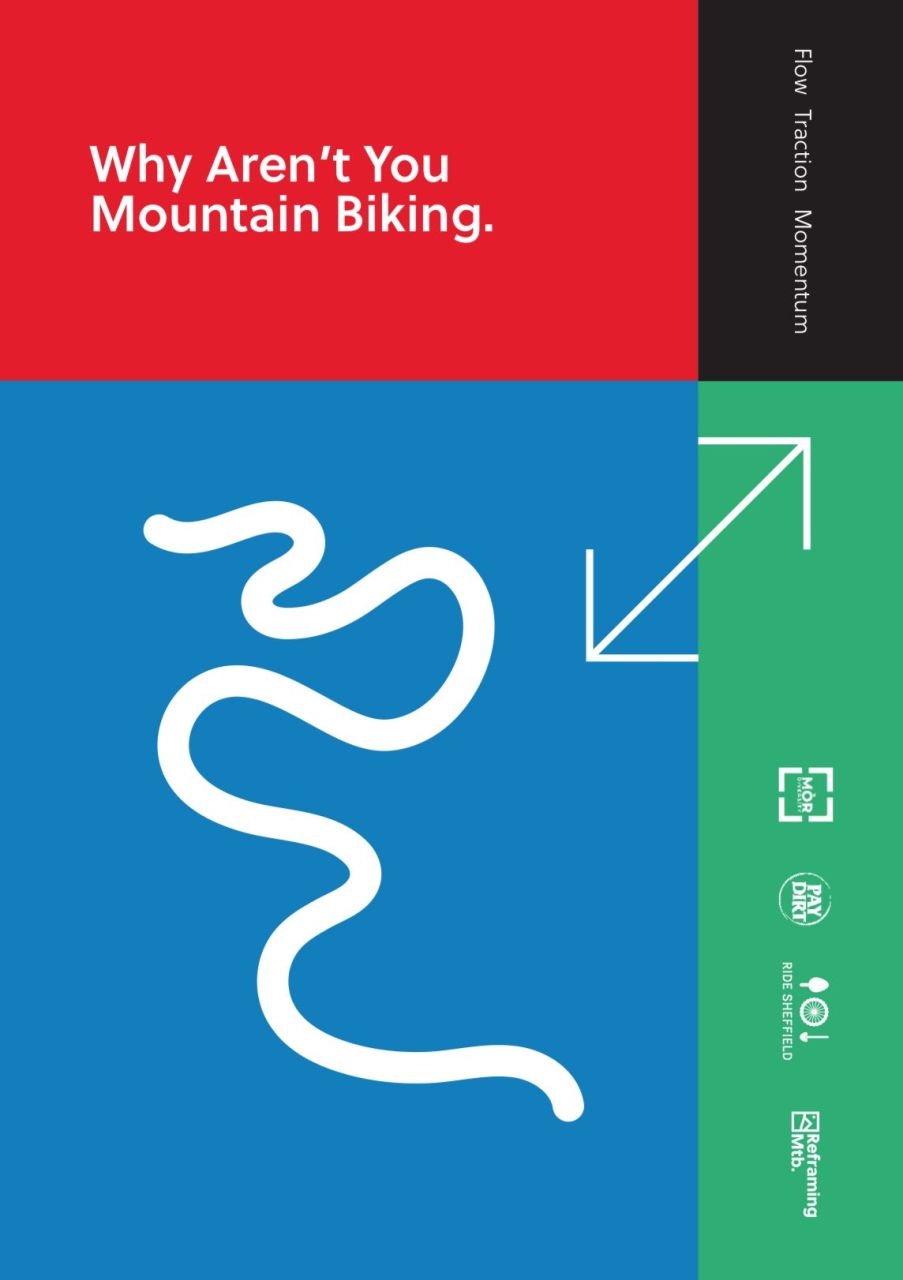
A report called “Why Aren’t You Mountain Biking?”, released today, primarily urging trail associations and community groups – but also relevant to individuals – to take steps towards making mountain biking more open and inclusive.
Funded by PayDirt and produced by Ride Sheffield and Mòr Diversity, this guide hopes to offer practical solutions to remove barriers within the mountain biking scene.
The report asks, “Why aren’t you mountain biking?” not as a challenge, but as more of a call to action.
Latest Singletrack Merch
Buying and wearing our sustainable merch is another great way to support Singletrack
Aneela McKenna from Mòr Diversity: “We believe mountain biking has the power to bring people together, improve mental and physical well-being, and foster a deep connection with nature. However, our research confirms that not everyone feels welcome. Our findings show that 38.4% of all respondents believe mountain biking culture is inclusive. This drops significantly among underrepresented communities: just 22.7% of people of colour individuals, 22.5% of LGBTQ+ individuals, and 19.33% of disabled individuals perceive the culture as inclusive.”
Some key findings
Affordability and knowledge: for those starting out, affordability (22%), access to kit (15%), and knowledge about trails (21%) are significant factors.
Perception of risk: non-riders often view the sport as dangerous and risky, influenced by media portrayals focusing on “thrills and risk”.
79% of respondents discovered mountain biking through friends, family, or partners, underscoring a reliance on personal connections rather than more formal entry points like schools or cycling clubs.
Homogenous representation: the media often shows mountain biking as male-dominated, with a perceived lack of racial diversity. This contributes to feelings of being an outsider for many.
Henry Norman from Ride Sheffield: “This toolkit provides actionable steps, complete with checklists and inspiring case studies from groups like Rider Resilience, Bristol Shredders, and The Adaptive Riders Collective. It’s a testament to what can be achieved when we shift our focus to people, ensuring mountain biking is truly for everyone.”
The “Why Aren’t You Mountain Biking?” report and toolkit are available for download on the Reframing Mountain Biking website – reframingmtb.com
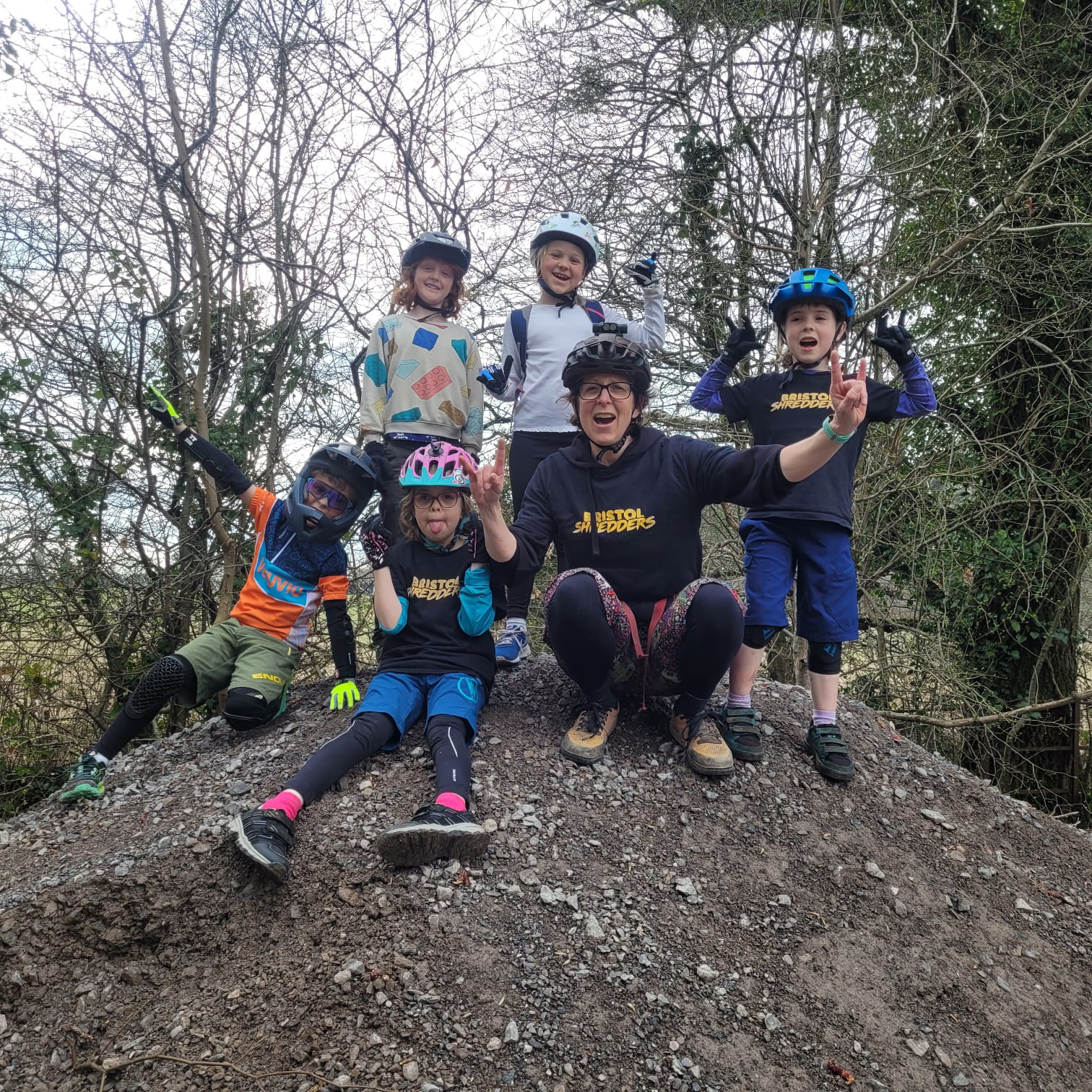





1) Affordability and knowledge
2) Perception of risk
3) Homogenous representation
There we go, 3 things that the industry can address but (generalisation coming up) it doesn’t, not in any significant way. Most marketing is driven by and promoing perfomance/competition so we get to see the expolits of those already at a high level, i.e. those started out in MTB maybe 8 to 10 years ago. There’s a lag.
And up there is a composite image from the report where of 4 images, one has a rider in a full face helmet, one is of digging jumps or trails. How about a consistent message that MTB doesn’t need to be about about built trails (address part of point 1 – edit, does add broute knowledge as a barrier instead but I don’t see that as a major one), doesn’t need protective gear (point 2) and feature reiders not racers as part of points 2 and 3? Can we make the extreme aspect that most of us just don’t do a niche or is the industry generally finding it too easy to grab attention with the extremes, despite what it’s doing to the image?
FWIW on the extreme image point. I know the mainstream image ~1990 was all fluro and jumps and low-level extreme sports, then we hadd North Shore and Kranked, the attitude was always there and I liked it for a long time. My perspective changes but what I do see (or perceive, at least) is the gap between what most riders do and what a lot of the marketing shows growing, and the gap between what most riders ride and what brands say we should aspire to growing. Even if the equivalent of a top end 1990 MTB is £5k now and you’d get more capability for that money, if MTB is becoming e-MTB (as it is for many social riding groups) that £5k at RRP doesn’t get you very much. So yeah, I blame e-bikes ; )
A huge chunk based on what I see at natural trail lap spots and trail centres. The majority are E-bikes, between 50% and 90% depending where or what day.
Same around here. Go to Wharny or Greno on a weekend and it’s 80% e-bikes at a low estimate. If I go on my own during the week and see 5 or 6 other riders they’re usually on e-bikes.
MTB will be a fully motorised sport soon enough. Holdouts like myself who want to keep riding for another 20 years will have to switch because everyone else has. I’m already feeling the loneliness of solo riding but my mates either do uplift days on regular bikes or big days out on e-bikes. No one wants to pedal anywhere.
That’s good, but I was thinking more about kids from the age of 6 up to teenager. These days most of this age range are being driven to activities (the lucky ones) rather than just running out the door and coming home when they are knackered.
By the time I hit my teenage years I had already been messing about on bikes with my friends for most of my short life.
If anything my teenage years were the ones where I found fewer and fewer of my friends wanted to come out on bikes until I had to go and join a proper mountain bike club to have people to ride with. But the desire to ride bikes was formed from unsupervised play in my early years which just doesn’t seem to happen with young kids now.
100%. MTB in recent years seems to have lost the popular vote to drop bar hybrids and 1990 ATBs were probably the peak popularity point. It’s funny how a rigid 29er is now seen as niche yet it’s simply an updated version of a late 80s ATB.
Saying all that, I love seeing groups of wheelie kids out and about even if everyone else seems to view them as more of a danger than drug addicts.
No stats, but my (locally-skewed) perception is that I see lots more women on bikes now than I ever did. They’ll be on gravel bikes, either singly, with a couple of others or in larger groups. And mixed-sex groups now tend towards 50:50 representation rather than one or two women amongst lots of men.
It’s definitely less than that here, but while a good number of older (and some younger) riders are turning to eebs, there are a good number of new riders coming in as well. It doesn’t feel like the total number of neebers has declined as eebers have increased.
Basically it seems there are more of everyone.
We’re not quite at that point, but the gravel chain gang I saw yesterday was probably 70/30.
Our local council has invested millions in a local urban reserve to turn illegal trails into a community asset and tourism draw card. Local kids compete really well against other bigger regions and people of all ages that wouldn’t be riding bikes are now regulars.
https://share.google/uQHMvPEqe7i8VbHNv
I don’t disagree with the perception but I think the reason for that is if you set off on a loop of a black route you will only ever see the analogue MTB 100m ahead of you, and another 100m behind you. Your perception is that the place is deserted. Then you get back to the car park and it’s heaving, so conclude that everyone must be staying within a few minutes of the car park (a criticism more often levied at “tourists" by “ramblers", but bare with me).
E-bikes upend that perception because whilst out riding they are literally the only thing you see because they overtake you. There could be 10 e-bikes on the entire trail, but because they will all overtake you at some point you perceive 10 e-bikes and just you and those couple of riders ahead/behind you so conclude you’re outnumbered.
Stop at a cafe on the other hand it’s usual back to normal because everyone stops. Even in the stockbroker belt of Surrey, normal bikes still hugely outnumber the motored variety if you look at the car park or in Peaslake.
Another thought – while I am out uncharacteristically mountain biking – rather like societal wealth, the gap between the top and the bottom has got wider. While there’s a case that you can’t buy skill, you can certainly buy capability. As components have improved, those groups of more experienced/wealthy MTBers now appear even more unapproachable to those setting out with lower-end kit. The start-up cost just seems too high and folk don’t want to be shown up or struggle riding in a group. E-bikes have just exacerbated that trend.
Lots of good /interesting posts above.
But
No it’s not understandable …
well not to me at least 😜
I just can’t get my (non-cyclist) wife to accept that wheelies are definitely cool :/
I think this is true. They’re cheaper, more versatile, easier to maintain, and don’t come with the implication that you’re going to go full gnar rad dude. You can go for a potter along some bridleways and not feel like you’re letting the side down. And then commute to work the next day on it!
When I got into MTB I was using the same bike that I also used to cycle to school and do my paper round. And so did all my mates. That bike would quite likely now be a gravel.
I will always remember Richard Cunnigham saying the 90’s mtb boom was because you had a bike with brakes that worked, tires that still had the right amount of air in from when you last rode it, and gears an amateur could actually use and it could go up and down kerbs and such relatively easily.
A small percentage of owners started taking things to extremes from which we get our fairly diverse spectrum of modern mountain bikes.
All of these places are where riders gather in spots too, so I know what you mean but I don’t think that explains it. On local trails I see riders going the other way, I/we overtake groups and others overtake me/us, etc. You get a good impression of the % split over time. I remember being at Cwmcarn early last year and it was hard to spot a non-electric bike there that day, on the trail or at the carpark. I was on a rigid SS so in many places there was about as much disparity in climbing and descending speeds as you could get, plenty of stops and overlap and overtake both ways all day.
I live in the Tweed Valley, so ideal spot for it. My friends all ride but I’d say most locals don’t.
I know some people who don’t ride, mainly through work, most of my friends do, and that quote above is pretty much it. It’s too hard/cold/muddy/don’t want to ride up a hill/leave their telly whatever.
But there is also a smaller group who definitely could ride, say people in my running club (definitely fit enough, quite happy being being cold wet and muddy, and for the most part could afford a very nice bike if they chose to) who don’t because they fear getting injured (me showing up with a broken doesn’t help, but that’s rare, and they’ve all got dodgy knees) How do we get them into it?
Growing up and living in Northants I’m still not sure how I got into MTB since there’s nothing local and getting to any decent trails requires at least a half hour drive. I always rode BMX as teenager then all my friends quit. Decided it was time to “grow up" as well and got a Trailstar. Got the bug for MTB after visiting Woburn, Chicksands etc, but it’s not really something that I saw anyone doing locally. I’m still not sure I’m really into what many here probably consider mountain biking to be (long pedally rides out in the hills etc) – DH and jump trails are still what I ride most.
We have a couple of local “bike parks" now and you do see a lot of kids there though so that’s positive. And they’re all better riders than me 🙂 Again that’s more jumps/park style riding though than xc.
Like others say I reckon a gravel bike is probably better for “classic xc" style riding and the local bridleways etc. Even my hardtail feels like a bit of a slog and not really worth it around here.
Why aren’t people mountain biking?
Because for half of the year, or more, you are likely to get cold, wet and muddy.
Most of the population would rather do something that doesn’t involve getting cold, wet and muddy.
Why do we need these kind of reports?
The “industry" likes them because they hope they’ll point out how to increase participation, which means more money for bikes, parts, courses and all of the associated organisations – and that includes government funding.
I reckon the next time somebody wants a similar check on the state of MTB in Britain they should chuck @mark a few bob and he could just collate the responses on here. Of course, that probably doesn’t tick all of the “inclusivity" boxes but if you can’t hold onto/grow what was once your core demographic then the game’s already a bogey.
I think it could possibly be because mountain biking isn’t a “new” thing. When mountain biking bikes first came out they were completely different to anything you could buy on the market, big tyres, chunky frames, different brakes. That got me thinking I could ride the slightly rougher paths-just gravel tracks around reservoirs etc. in a bit more comfort. From there it was a natural progression to more challenging natural trails encouraged by the many good magazines which spawned from the new trend. That was 35 odd years ago but I still enjoy off-road riding especially with like minded companions. Any development of mountain biking has probably only mostly been followed by people who started in the early years and grew with the sport.